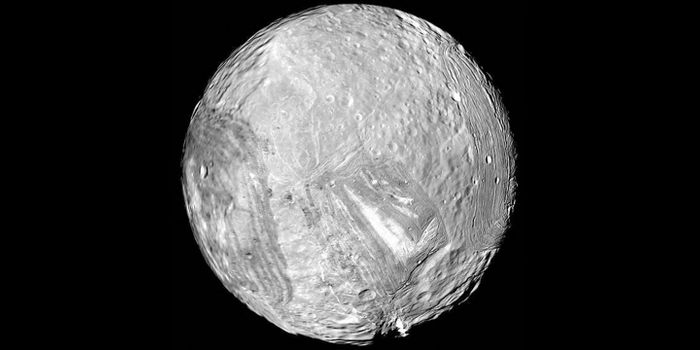And you thought concrete was hard...
Findings from a study by a team from Kanazawa University have been published recently in the International Journal of Civil Engineering. They report an evaluation of porosity-free concrete (PFC), which is currently the hardest concrete in existence.
PFC is an ultra-high-strength concrete that provides more support and can withstand more force than normal concrete. While standard concrete can withstand 20-30 MPa before it fails, PFC can withstand 400 MPa. Its ultra-strength properties are derived from incorporating steel fibers, which results in very few voids in the material. This makes it exceptional at protecting structures against natural disasters and other unexpected impacts.
"The continued development of building materials is particularly important in areas where frequent natural disasters threaten the integrity of structures," said lead author Yusuke Kurihashi. "We carried out impact tests on a variety of steel fiber-reinforced PFC samples to determine their reactions, and in so doing, accelerate the widespread application of PFC in building projects. Our testing is designed to simulate responses to events such as rock falls, blasts and flying objects."
In evaluating the impact response of PFC with different steel fiber contents and section heights, the researchers concluded that increasing the steel fiber content from 1% to 2% significantly affected the damage from impact. In fact, it reduced the damage by 30%-50%! The researchers also determined how to predict the behavior of the PFC with up to 80% accuracy by comparing calculated values with those that were measured. Both of these findings have serious implications for decisions made about future material design.
"We hope that PFC will contribute to enhanced building safety in the future," says Dr. Kurihashi. "Although additional experimental work and statistical processing is required to fully translate PFC into widespread practical applications, our findings make a significant contribution to understanding PFC's role in improving the safety of many large structures including high-rise buildings, bridges and roads."
Sources: International Journal of Civil Engineering, Eureka Alert









